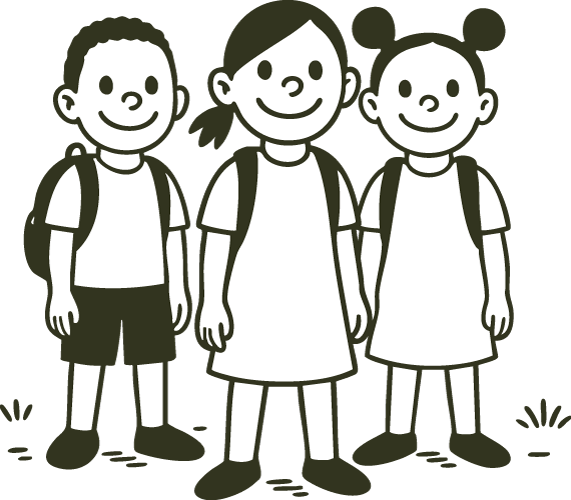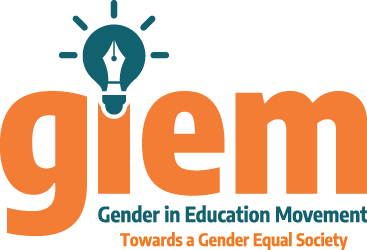About Us
The foundation of the Gender in Education Movement( giem) is rooted in global commitments to gender equality. Thirty years ago, the landmark 1995 Beijing Declaration and Platform for Action united 17,000 participants and 30,000 activists under a shared vision: a world where every woman and girl can exercise her rights freely—free from violence, empowered to learn, and equal in opportunity. This blueprint for progress aligns with the Sustainable Development Goals (SDGs), particularly SDG 4 (inclusive quality education) and SDG 5 (gender equality), which guide giem’s mission to dismantle systemic barriers in education

GiEM’s Genesis: Responding to Kenyan Realities
In 2023, Kenyan women leaders and civil society organizations (CSOs) convened informal dialogues to address a troubling stagnation in girls’ education. Despite decades of progress, patriarchal norms, poverty, and weak policy enforcement continue to undermine girls’ access to schooling.
These discussions crystallized into the Gender and Education Dialogues (G&EDs) – intergenerational forums where the women leaders reviewed the data and evidence on girls’ education in Kenya.
GiEM’s Genesis Organisations

|
|

|

|

|

|

Girl Child Network (GCN)

Zizi Afrique Foundation (ZAF)

Girl Child Network (GCN)

Grassroots Nest for Innovation and Change

(GRIC)

PAL-Network

Regional Education Learning Initiative (RELI)

SIPROSA Foundation

AMPLIFY Girls

Rise Up

Forum for African Women Educationists (FAWE-K)

Global Glow

Jaslika and National Gender and Equality Commission (NGEC)

Rise Up

Forum for African Women Educationists (FAWE-K)

Global Glow
Hits: Progress Amid Challenges
Giem builds on Kenya’s historic strides in gender-responsive education:
10+ Protective Policies enacted, including the Children’s Act 2022, Basic Education Act 2013, School Re-Entry Policy; Prohibition of FGM Act, among others safeguard girls’ rights to education and safety.
Primary school enrolment for girls reached 90% in 2023, with a near-parity Gender Parity Index (GPI) of 0.98.
95% of girls from marginalized regions transition to tertiary education through scholarships
Grassroots campaigns like Imarisha Msichana reduced school dropouts by 15% in rural areas.
20% of Kenyan girls aged 15–19 endure physical violence, while 16% face sexual violence (KDHS, 2022).


Misses: Persistent Barriers
Yet, critical gaps persist:
In 2022, 150,000 girls dropped out due to pregnancy, reflecting stagnant rates over the past decade (KDHS, 2022).
Only 40% of girls in arid regions complete primary school, compared to 80% in urban areas.
5% of girls miss school monthly due to lack of sanitary products.
A 60:1 pupil-teacher ratio strains learning quality.
Nurture. Inspire. Empower. Connect
Eperatus dis reiur, quissum ate conet ipiderae explant re suntium evel ma nobita doluptae veligenia dolorum facepe veliqui bea q